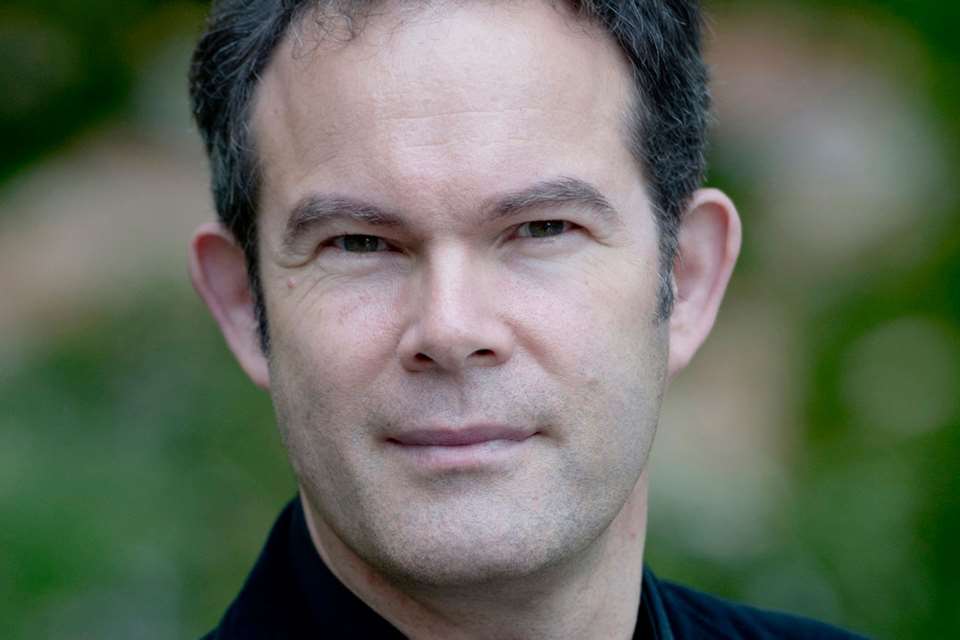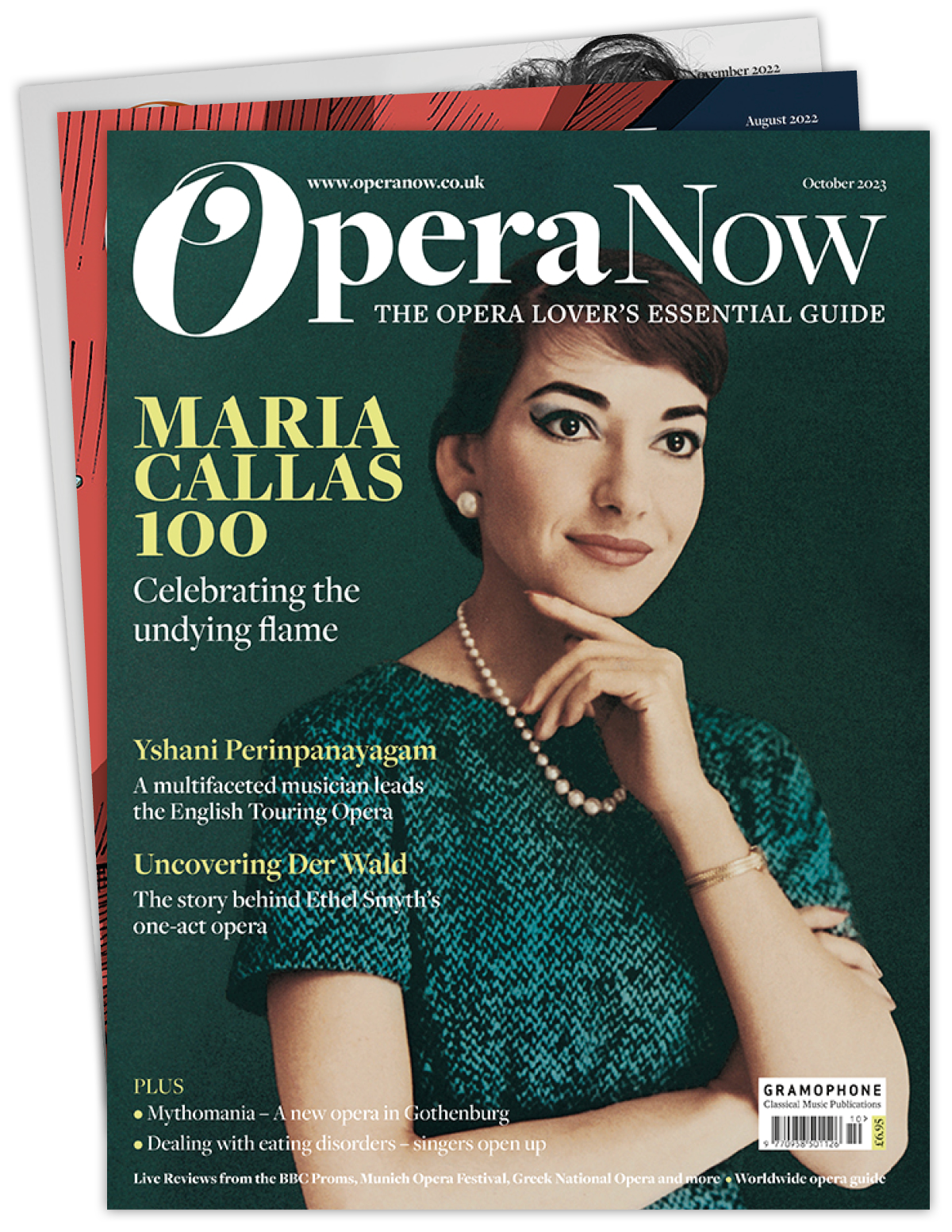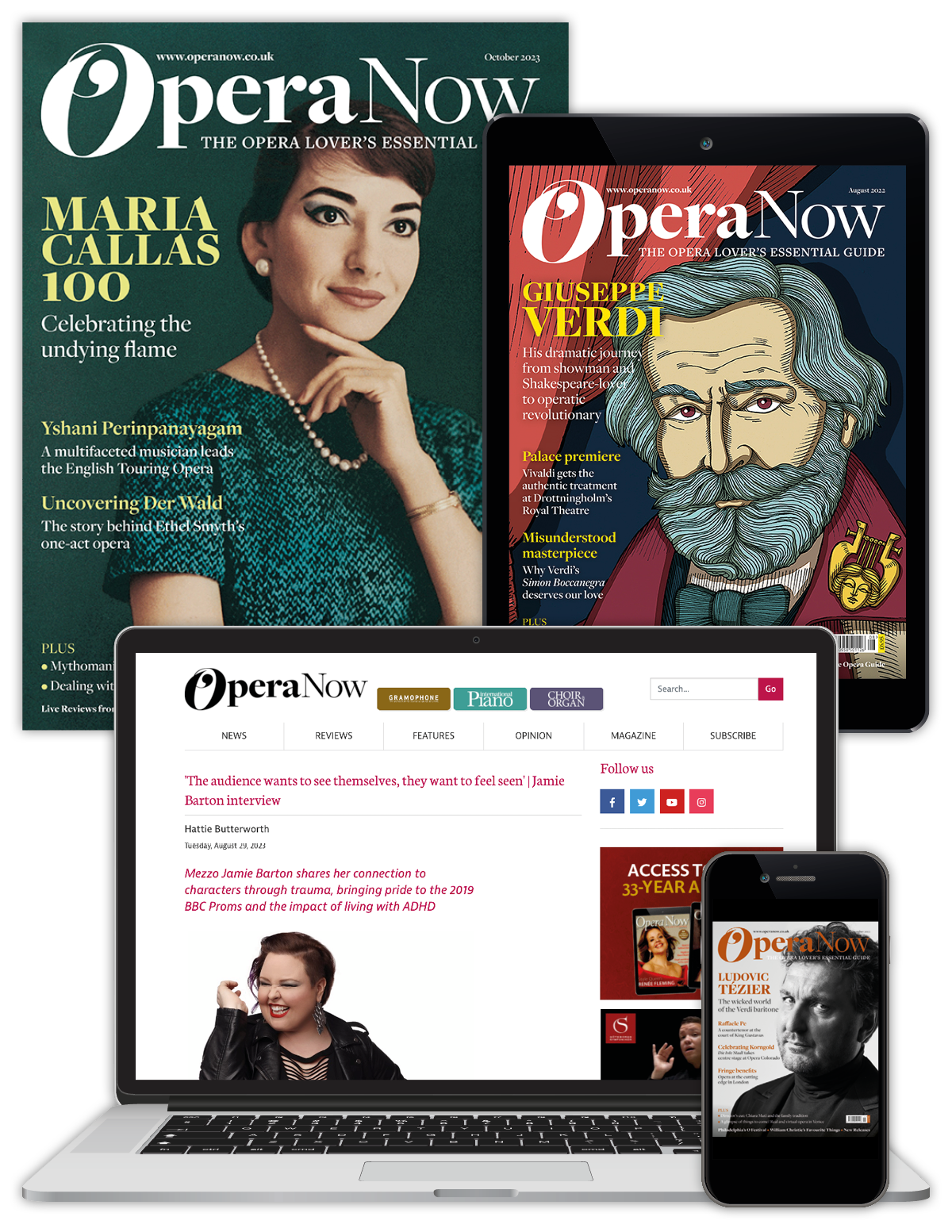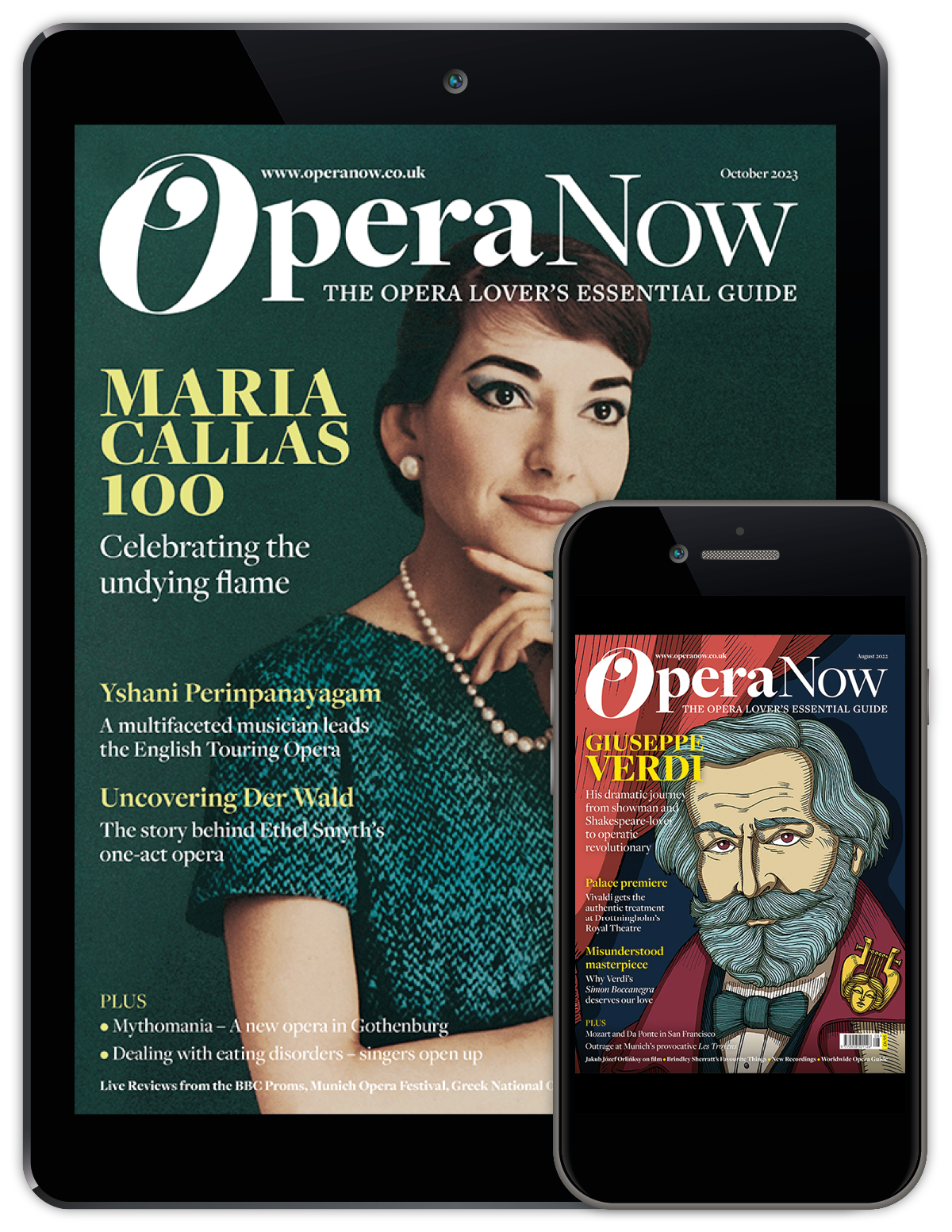John Adams and the creation of Antony and Cleopatra
Thomas May
Friday, September 2, 2022
Five years and a pandemic after his last work for the stage, John Adams returns to opera with the Shakespeare-inspired Antony and Cleopatra, commissioned by San Francisco Opera and receiving its world premiere there this month
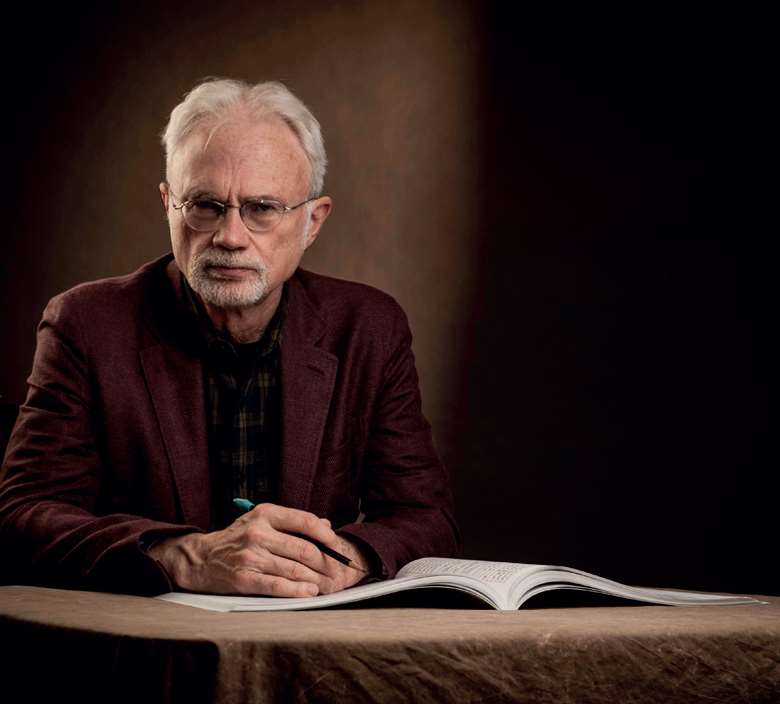
VERN EVANS
Register now to continue reading
This article is from Opera Now. Register today to enjoy our dedicated coverage of the world of opera, including:
- Free access to 3 subscriber-only articles per month
- Unlimited access to Opera Now's news pages
- Monthly newsletter





